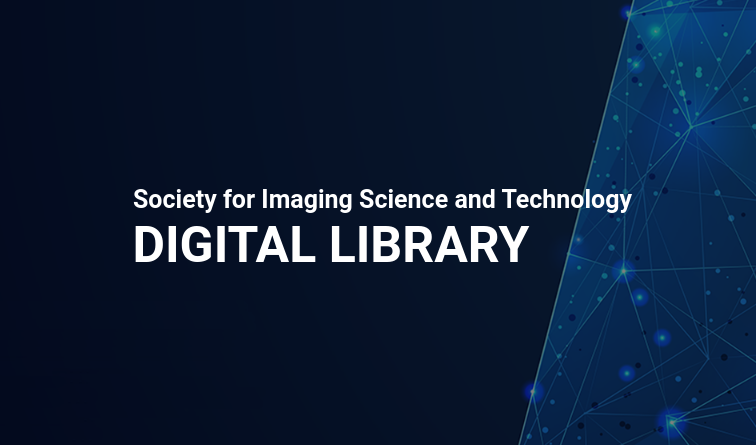
At the end of the 19th century, Gabriel Lippmann was experimenting with color photography. His photographic color recording technique, Lippmann photography, produced very beautiful photographs and the fact that the colors are preserved in the early Lippmann photographs indicates something about their archival properties. Recent progress in color reflection holography has made it possible to take a new look at this one-hundred-year-old photographic technique. Today, high-resolution panchromatic recording materials suitable for Lippmann photography are on the market. Both silver halide and photopolymer materials can be used.Reflection color holography provides full parallax 3-D color images with a large field of view. By the introduction of extremely high-resolution panchromatic silver halide emulsions it has become possible to obtain high-quality, large-format color holograms. The use of three laser wavelengths on a single-layer emulsion and a Denisyuk setup in the recording process makes the holographic recording technique similar to the early Lippmann photography technique. Due to the fact that no dyes or pigments are used in the emulsion of the final hologram, high archival color stability of the holographic image can be predicted.
Hans I. Bjelkhagen, "Lippmann Photography and Color Holography: 2-D and 3-D Color Imaging Techniques" in Proc. IS&T 9th Color and Imaging Conf., 2001, pp 120 - 125, https://doi.org/10.2352/CIC.2001.9.1.art00022
